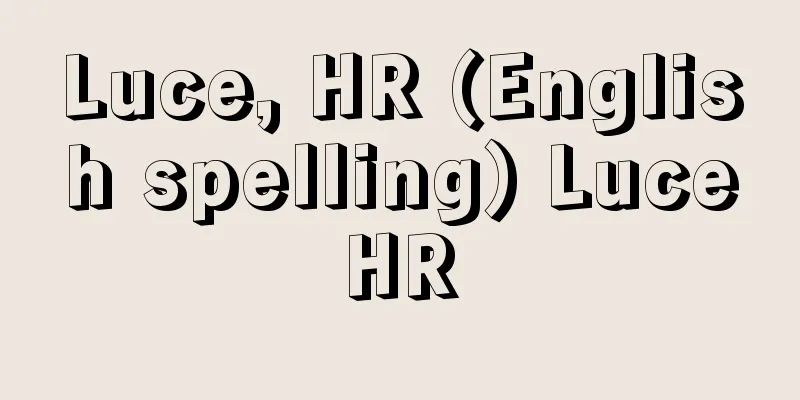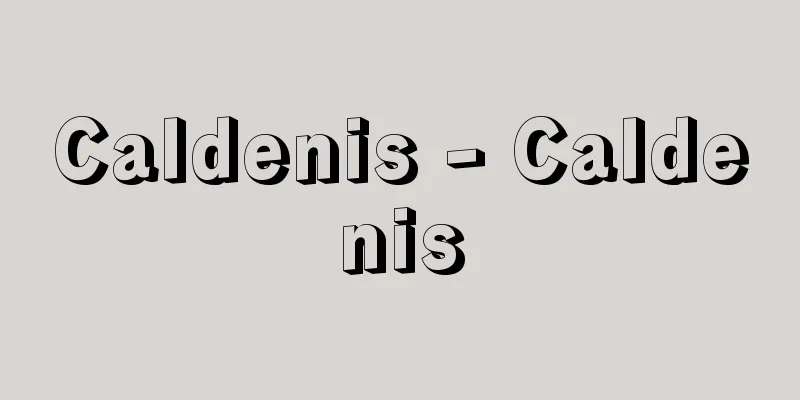Ceramic coffin

|
An earthen coffin consisting of a body and a lid. Its heyday was mainly in the late Kofun period, from the middle to the latter half of the 6th century. In general, it is divided into two main categories based on the difference in firing temperature, and therefore the difference in color and hardness. That is, there are reddish-brown earthenware coffins and gray-black suede coffins, and there are three other types in terms of shape. First, the tortoise-shell-shaped coffin has rounded ends on both sides of the body and a rounded lid, and both the body and the lid have vertical and horizontal protruding bands, and the lid has small cylindrical protrusions, making it look like a tortoise shell at first glance. Next, the gabled house-shaped coffin has a rectangular body with a gabled roof lid, and the four-sided house-shaped coffin is characterized by a four-sided roof lid. In both cases, there are two to three rows of hollow cylindrical legs attached to the bottom of the body parallel to the long sides. The larger ones are about 2 meters long, just under 1 meter wide, and about 1 meter high. They are distributed on the western edge of Yamaguchi and Oita, and on the east side of Gunma and Fukushima, with the most densely found in eastern Okayama and the western edge of Hyogo, followed by the Kinki prefectures. The Sue pottery coffins at the Honbozan Tomb in Okayama Prefecture and the Haji pottery coffins at Shimoishiki No. 2 Tomb in the same prefecture are known as examples of decorated tile patterns, supporting the idea that the lowest limit of their use was between the late 7th century and the 8th century. [Katsuhito Kuzuhara] Source: Shogakukan Encyclopedia Nipponica About Encyclopedia Nipponica Information | Legend |
|
身(み)と蓋(ふた)からなる土製の棺。おもに古墳時代後期、6世紀中葉から後半に盛期がある。一般に、焼成の温度差、したがって色調、硬度などの相違によって二大別される。すなわち赤褐色を呈する土師(はじ)質陶棺と、灰黒色の須恵(すえ)質陶棺とに分かれ、形態的にはなお3種ある。まず亀甲(きっこう)形陶棺は、身の両端が丸く、蓋も丸みをもち、身、蓋とも縦横に突帯が走り、蓋には小筒状の突起がついて、一見亀甲に似る。ついで、切妻(きりづま)式家形陶棺は長方形の身に切妻式の屋根蓋がのるもので、また、四注(しちゅう)式家形陶棺は四注造りの屋根蓋に特徴がある。いずれも身の底部には、中空円筒状の脚が長辺に平行して、二ないし三列取りつく。大形のものは、長辺約2メートル、幅1メートル弱、高さ1メートル程度。分布は、山口、大分を西限に、東が群馬、福島に限られ、とりわけ岡山県東部および兵庫県西端部に濃密で、近畿各県がこれに次ぐ。岡山県本坊山(ほんぼうざん)古墳の須恵質陶棺や同下一色(しもいっしき)2号墳の土師質陶棺などは、瓦当文(がとうもん)を加飾した例として知られ、使用の下限が7世紀後半~8世紀にあることを裏づけている。 [葛原克人] 出典 小学館 日本大百科全書(ニッポニカ)日本大百科全書(ニッポニカ)について 情報 | 凡例 |
<<: Winter melon - Benincasa cerifera
Recommend
Romanov Dynasty
The name of the dynasty that ruled Russia from 161...
barid (English spelling)
…After the division of the empire and the fall of...
Ferrara (English spelling)
A city located in northern Italy, downstream of th...
Aster dumosus (English spelling) Asterdumosus
… [Munemin Yanagi]. … *Some of the terminology th...
Germany - Federal Republic of Germany
A country in central Europe, mainly inhabited by ...
Kyoto Fuchishu
This refers to the local lords in the Kanto and Os...
hollow sticking knife
…Blood is composed of 60-70% plasma and 30-40% re...
Black moss - Black moss
A representative alpine moss of the family Acantha...
Ouwehand, C.
...This is related to the idea that earthquakes t...
Hokkaido Takushoku Bank [Stock] - Hokkaido Takushoku Bank
The first city bank to go bankrupt. Established as...
Indias Trading Company - Indias Trading Company
…one of the Spanish colonial governing bodies. Al...
Coenobitidae
…General term for crustaceans belonging to the de...
Mass spectrometer
...There are also limitations to mass measurement...
Cider - sai-daa (English spelling)
A soft drink unique to Japan, it is a colorless c...
River mouth bay
…the mouth of a river is an inlet to the ocean do...









